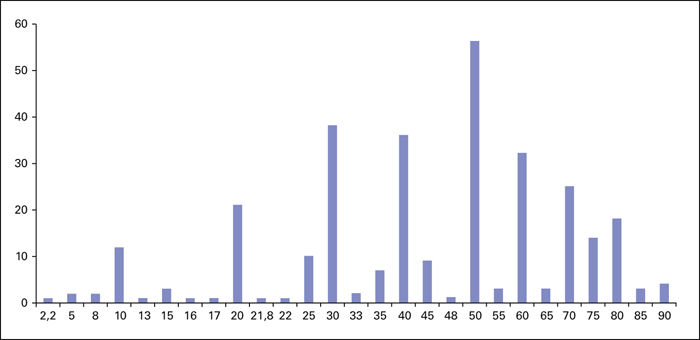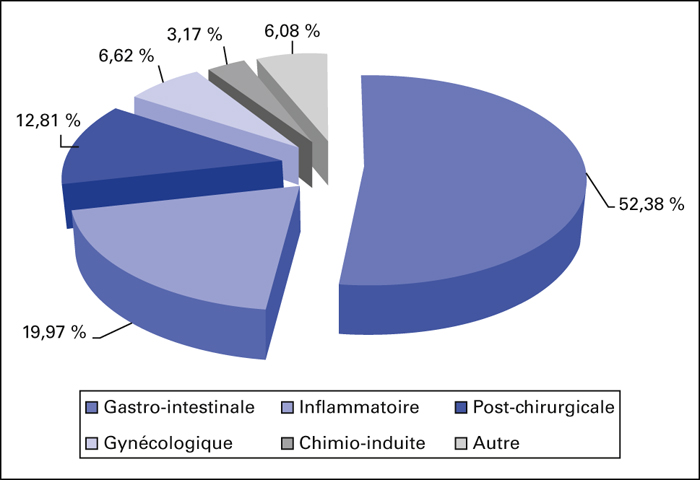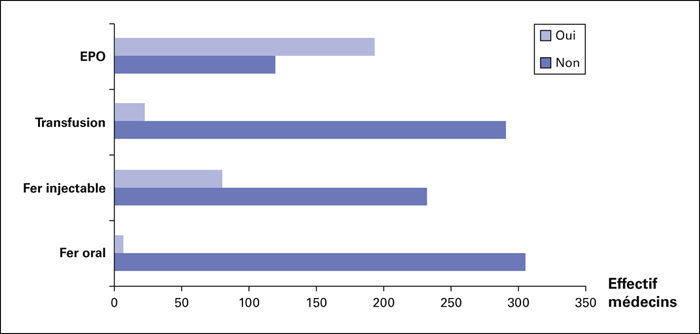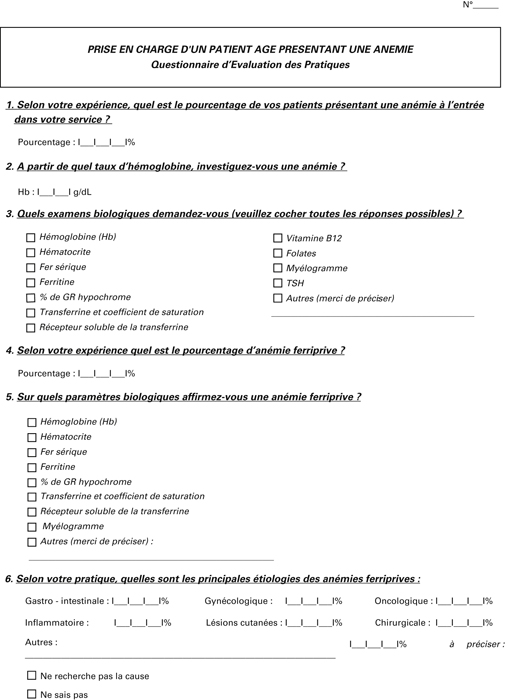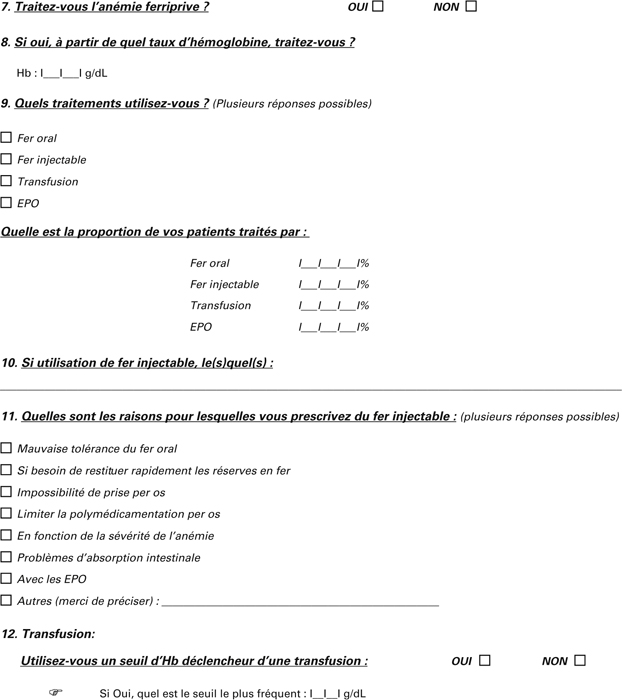Gériatrie et Psychologie Neuropsychiatrie du Vieillissement
MENUCare of elderly subject with iron deficiency anaemia: evaluation of geriatric practice Volume 12, supplement 2, Juin 2014
- Key words: elderly, anaemia, iron deficiency
- DOI : 10.1684/pnv.2014.0480
- Page(s) : 17-24
- Published in: 2014
The anemia with iron deficiency is frequent in the elder subjects. Few studies have reported the practice of the geriatric medicine about anemia. Methods: A national survey asked geriatric medical practitioners of hospital geriatric ward from June till September, 2013. Questionnaires were sent, filled over the phone. On 568 sent questionnaires, 312 (55%) were filled. The frequency of the anemia is considered of 46 ± 21%. The definition of the anemia in an elderly person is on average 10.7 ± 0.8 g/dL, taking into account the situation of the patient. The wanted biological examinations are the haemoglobin and the ferritinaemia, but many people suggest measuring also folates and vitamin B12 given strong prevalence of comorbidity. Prevalence of iron deficiency anemia estimated between 20 and 80% because of high prevalence of mixed cause which modified the answer. The major causes were reported as of digestive, gynecological and post-operative origins. The treatment is proposed from 9 g/dL. The oral iron and the transfusions are the most quoted. The possibility of injectable iron is reported only by 17%, of the geriatricians. Conclusion: The answers of the geriatricians show strong coherences in the management of the iron deficiency anemia. Guidelines should be adapted for elderly people for exercice capacity, mainly on high frequency of mixed cases.


